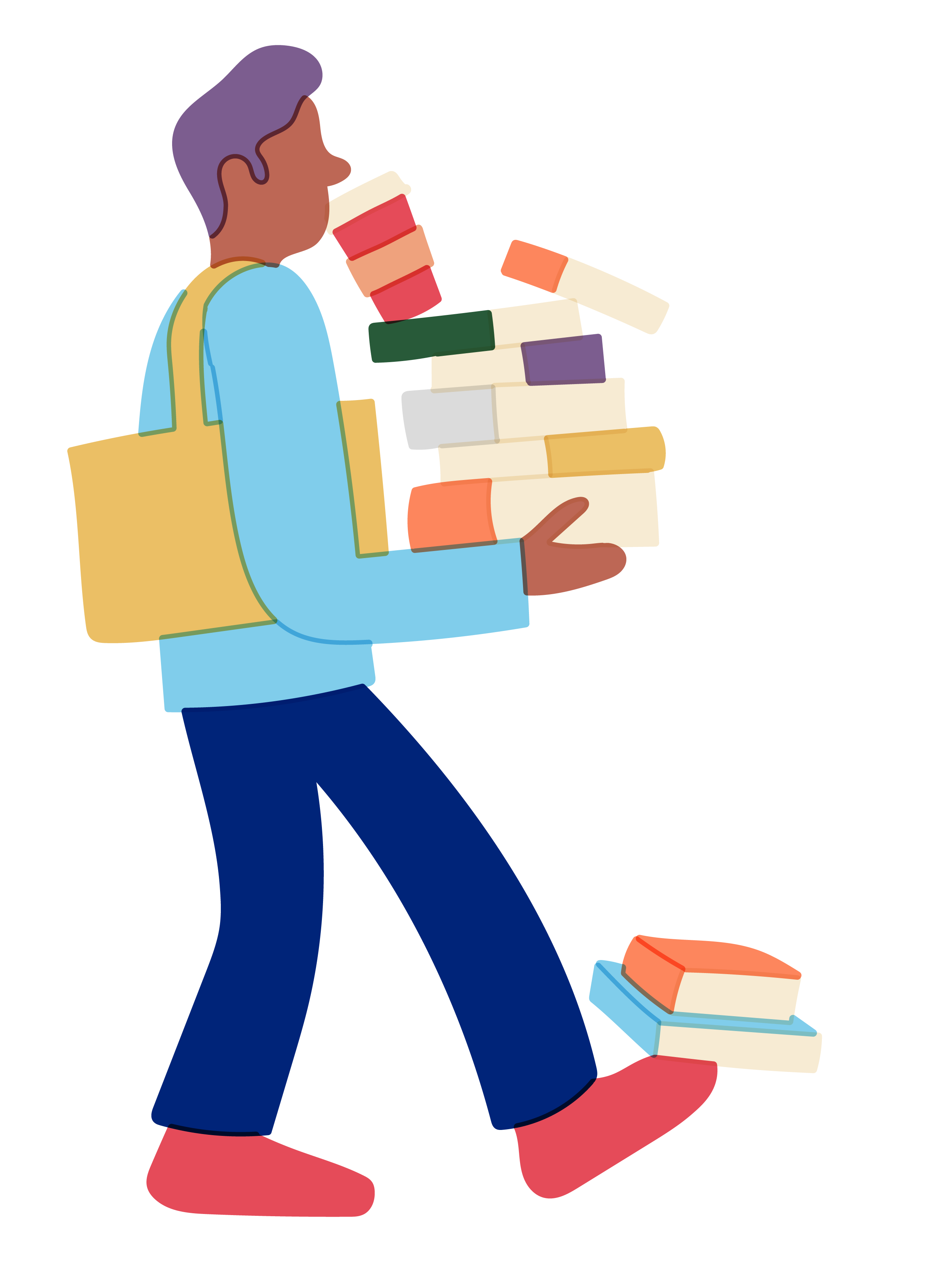Reading peer-reviewed papers is an essential part of any kind of research, but that doesn’t mean it’s always easy. I’m often fairly lost on my first read-through of a physics paper; I might get the gist of the research and maybe even understand a graph or two, but it’s safe to bet that I skimmed over all of the included equations and most of the methods. Now, I don’t think that skimming is a bad thing per se—we can only take in so much information at a time, after all—but it is true that my ultimate goal is to understand all of the paper, not just the easy parts. Naturally, rereading (several times) will always be a part of developing that understanding, but I find that one of the best things for me is actually opening up a YouTube tab.
That may sound counter-productive, so let me explain. Opening YouTube isn’t just a way for me to procrastinate (though I’d be lying if I said I never accidentally procrastinate just a little bit). Rather, YouTube is practically an endless resource for videos on virtually every imaginable topic, and that includes plenty of topics in physics. I often find that the hardest part of understanding a paper is making sure I understand the fundamental phenomena at play, and YouTube offers some unbelievably helpful refreshers. I’m partial to videos for a number of reasons: seeing visualizations and animations helps my brain latch onto an idea, watching a video feels easier than reading a whole webpage (even if it contains the exact volume of information), and it’s usually easy to find several different videos on the same topic. This last bit is helpful because different creators might approach the same idea from vastly different directions, which makes it more likely for at least one to click. All of these combined go a long way toward helping me digest a research paper.
For example, I was recently reading a paper for my lab, and I simply could not understand what a certain graph was showing me. I realized that maybe I didn’t understand phasors as well as I thought I did, so I booted up YouTube and typed “phasor” into the search bar. A few videos (and one particularly helpful animation) later, everything clicked into place. Not only was I finally able to understand the graph that was giving me trouble, but I actually re-understood the entire rest of the paper by using phasors as a lens. With only a little more supplemental reading (and another YouTube search for “positive definite matrix”), I could see exactly how every equation related to the problem at hand and why the authors used one particular method over another. Sure, I probably could’ve gotten to the same level of understanding by reading a few articles on phasors and pooling the information for a broader understanding, but I find watching videos both more enjoyable and ultimately more memorable. A good video sticks in my head in ways that walls of text fail to, and the right visualization can become the fundamental way I understand a concept from then on.
Of course, the biggest caveat of this trick is you have to be good about only watching videos that are relevant to the paper you’re reading. That warning obviously applies to any noneducational videos that might be suggested to you by the almighty Algorithm (and you should definitely save videos that catch your eye to watch as a study break later). But it also goes for videos on topics that are similar to the one you’re reading about but ultimately not what you need to know right now. I’m embarrassed to admit the number of times I’ve opened YouTube to double-check my understanding of an operation in linear algebra, only to emerge an hour later after watching several argumentative videos on which programming language handles linear algebra best. Learning new things never hurts, but sometimes you have to focus on learning what’s necessary first.
I’ve only used this trick in the context of physics research, but I’m sure it can be generalized to other fields as well. Resources like YouTube and Khan Academy have videos on any topic you can imagine and at depths ranging from introductory to graduate-level. Next time you’re feeling particularly lost in a research paper, consider watching a few videos to better situate yourself in the material.


Comments